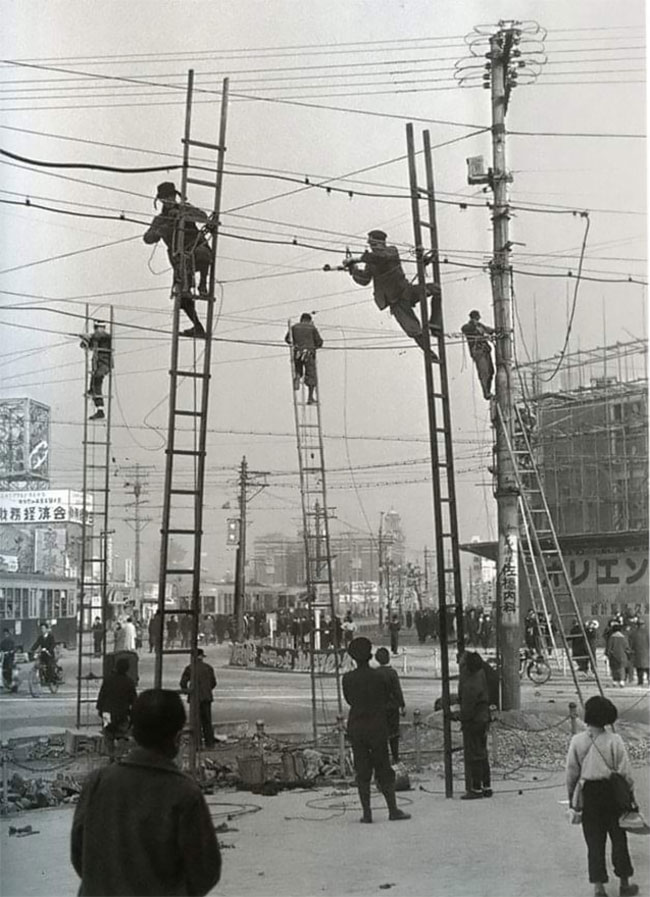Amazing Vintage Photographs of Linemen on Utility Poles at the Turn of 20th Century

Most people don’t think much about the wooden utility poles in their neighborhood. However, they rely on them each day—utility poles support overhead power lines, cable services, streetlights, and other public services in the area. As it happens, these important structures were created by mistake.
h/t: vintag.es

In 1843, the United States Congress gave Samuel Morse $30,000 for a demonstration project to prove he could send messages over a distance more quickly and efficiently than the means available at the time. Morse and his partners began laying underground telegraph wires between the Capitol Building in Washington, D.C., and a railroad station in Baltimore, a distance of forty miles.

Unfortunately, the wires were defective, and Morse and his partners were running out of time and money. One of Morse’s partners suggested that the quickest way to complete the project would be to string telegraph wires overhead on trees and wooden poles.

On May 24, 1844, thanks to telegraph wires hastily strung on hundreds of wooden utility poles, the phrase “What Hath God Wrought” was successfully telegraphed via Morse code from D.C. to Baltimore and back.

Although the first wooden utility poles were the result of a mistake, they caught on quickly; aside from the Plains, the United States is richly forested, and the raw material for wooden utility poles was readily available. Soon there were thousands of wooden utility poles carrying telegraph signals around the eastern and the western portions of the United States, although the eastern and western networks were not yet connected.

By the early 20th century, these poles were used for telephone and electrical lines in addition to telegraph lines. Today, from wireless voice communications to the internet, they carry much more.











